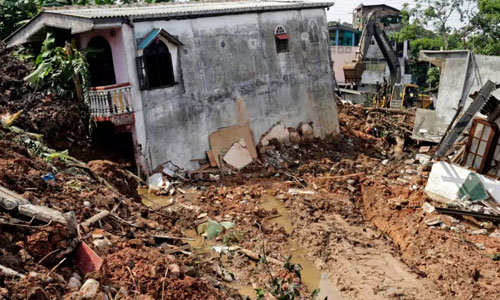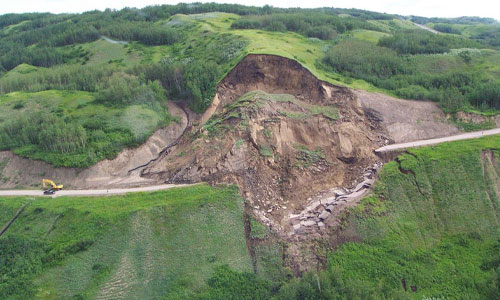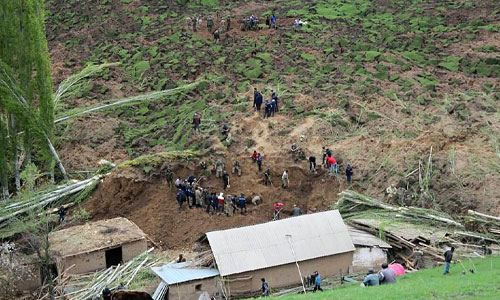The initiative not only filled a critical policy and market gap but also served as a catalyst for resilience-building in the country’s most vulnerable regions. It laid the groundwork for future climate-linked insurance schemes, reinforcing Kyrgyzstan’s long-term disaster risk management strategy.
— Kyrgyzstan —
resilience. innovation. security.








Safeguarding the Slopes: Designing Landslide Disaster Insurance for Kyrgyzstan
"Resilience begins with understanding risk—and building the tools to manage it responsibly."
— Russell Leith, Insurance Finance & Risk, GG International
Challenge
Kyrgyzstan is one of the most landslide-prone countries in Central Asia, with more than 3,000 known landslide zones threatening lives, livelihoods, infrastructure, and public services. Despite the frequency and severity of these disasters, no insurance mechanisms existed to offer protection against landslide-related losses. The lack of coverage left households, communities, and the national economy exposed to financial shocks with long recovery periods.
In response to this significant gap, the Ministry of Finance of Kyrgyzstan, funded by the Asian Development Bank (ADB) engaged ICEM Vietnam and our GG International’s Insurance Finance and Risk expert, Russell LEITH, to explore disaster risk financing options with a focus on landslide insurance. The project, under TA9726-KGZ Proposed Landslide Risk Management Project sought to address the mutiple challenges facing Kyrgyzstan.
Strategy
In 2019–2020 the expert team conducted a full-spectrum assessment of landslide risks, integrating geological data, climate forecasts, settlement patterns, and historical damage records. This risk profiling exercise was the foundation for a broader economic and social impact analysis, identifying vulnerabilities among rural and urban populations, small-scale enterprises, and critical public assets.
The second phase focused on understanding the capacity of Kyrgyzstan’s insurance sector to absorb and manage such complex risk. The team worked closely with local insurers to evaluate underwriting frameworks, actuarial readiness, reinsurance channels, and capital adequacy. Simultaneously, the expert team explored regional risk-pooling, sovereign risk transfer instruments, and parametric models as potential tools to help insurers diversify or transfer their exposure.
Transformation
The project delivered the first-ever strategic framework for landslide insurance in Kyrgyzstan, backed by empirical risk data and actuarial modeling. Recommendations included the development of a tiered product offering—ranging from microinsurance for households to broader municipal coverage—supported by public-private risk-sharing mechanisms. Local insurers gained access to international best practices in catastrophe risk underwriting, while the Ministry of Finance received a roadmap to pilot and scale sustainable disaster insurance programs.